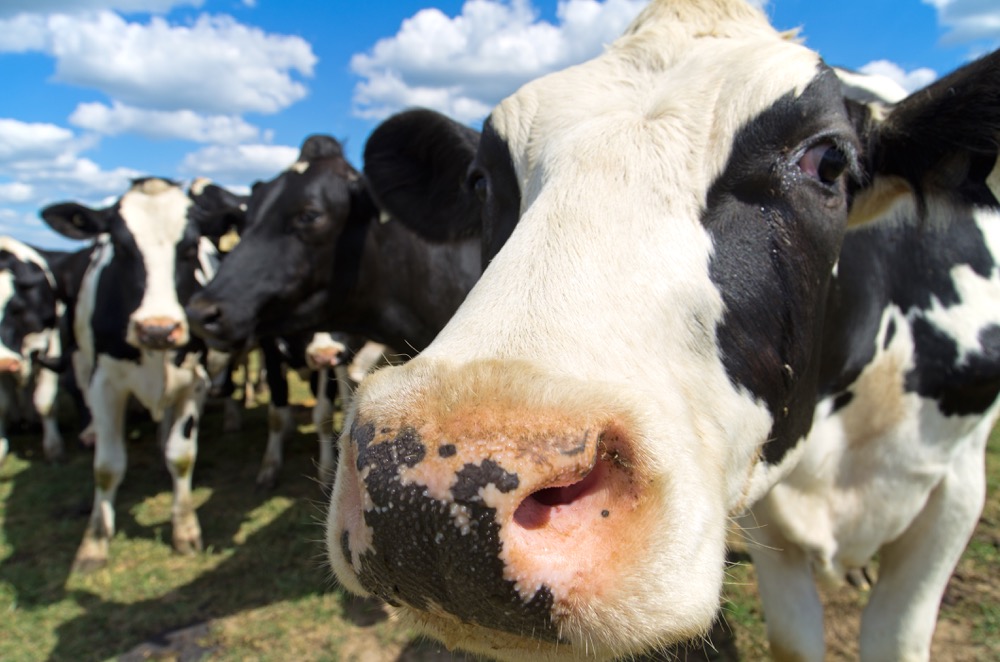I was walking in downtown Edmonton and stopped to chat with two masked protesters.
The man and woman were trying to raise awareness of food waste, a huge issue in Canada. They had gone “binning” — eating out of garbage dumpsters and were able to feed themselves for that week. Canadians lead the way in food waste at 40 per cent and cost estimates range from $27 billion to $31 billion, which is very high considering trade between Canada and the U.S. is $45 billion.
It is an interesting society that we live in. On one hand, we want cheap food and for Canadians food freedom day is in February. We spend less than 10 per cent of our incomes for food, and often regard it as disposable and an entitled right. Cheap food stores are rocking in Europe and go well beyond the wholesale foods we buy in Canada, they are thumping mainstream retailers at the store and on the doorstep.
Read Also

Guarding against misinformation: Do you believe in house hippos?
Misinformation and disinformation run rampant in today’s digital age. Farmers must be wary of the digital dangers and know how to keep themselves safe.
On the other side of the table is the Canadian who is a foodie, also entitled, but very specific in their diet as they want to be on the leading edge of health. Chef & Co. published the trends that foodies are favouring this year. And surprise, the top trend is the No. 1 thing our grandmothers did — using all parts of the vegetable and throwing nothing away. Leftovers rule in soups or seasoning from the previously unloved portion of the veggie.
- More with Brenda Schoepp on the Alberta Farmer: ‘Three times a day, you need a farmer’ – a phrase that says a lot
The trend to trash kale and eat broccoli leaves is evident in many local eateries as is the incorporation of mushrooms. I have seen many ways to grow mushrooms from all around the world: horse manure, on logs in fish farm barns, and the latest by a student from Olds is via spent grain from the brewing industry that is normally wasted. Regardless of the origin, the destination for this summer is to the plate, often now accompanied by naked oats (a hulless variety that substitutes for rice).
When travelling in the Southern Hemisphere, we often talked about sweet and savoury dishes and this is most certainly catching on in Canada. It is called Umami or the fifth flavour in cooking. Using turmeric with its proclaimed anti-cancer properties is a big hit in the spice rack but the superfood of the day is Moringa. It comes from trees in Africa, India, the Caribbean and South America, and is bursting with vitamins, minerals, and proteins. Combining these foods in sweet and savoury dishes is the ultimate goal.
The Canadian Health Food Association adds that hemp (the original Canadian grain) is a great food for health and well-being (as well as being used in beauty products and beverages). The straw from hemp used to be used for making rope and twine as well as clothing. It was a zero-waste crop. Not to be outdone by the land, the sea is offering her vegetables for more than just thyroid support as kelp makes a comeback on Canadian plates.
Fibre is the next diet food and one brand that reflects the importance of fibre is Canada’s own Holy Crap cereal, made with chia seeds. Chia is a Canadian favourite that shows up in everything from yogurt cups to baking. Anyway, back to Holy Crap which is going high end with a 64 per cent dark chocolate bar. To me that is like combining several food groups considering there is an argument that chocolate should be a food group! Crap or not, chia is a staying staple in Canadian diets.
If something is bugging you — the new trend is to eat it! The bugs humans eat include deep-fried grasshopper; sautéed silkworm; toasted weaver ants; and a variety of grubs, mealworms, and crickets. There are 1,900 edible insects in the world and Tiny Farms in California, which rears insects for eating, tells potential clients that it takes two pounds of feed to produce a pound of crickets compared to 25 pounds of feed to produce a pound of beef — which is a highly inaccurate statement and bugs me more than the thought of eating earwigs. Regardless, bugs are a food source in many parts of the world.
Although I would rather pay close attention to my food plate and my food waste than eat a bug, the reality is that most Canadians don’t focus on waste at either end of the table. They could be committed to cheap food or foodie trends; young or old; urban or rural, and we still tend to throw away a lot of food and food packaging before and after cooking.
The social experiment of binning for food is not something I want to try, but it does drive home the fact that society discards enough food to support a couple on the streets with a total value that nudges our two-way trade with the U.S. A costly habit in terms of household and food-service economics as well in disposal, we have yet to unmask the repurposing of all that unloved food and its packaging.
















